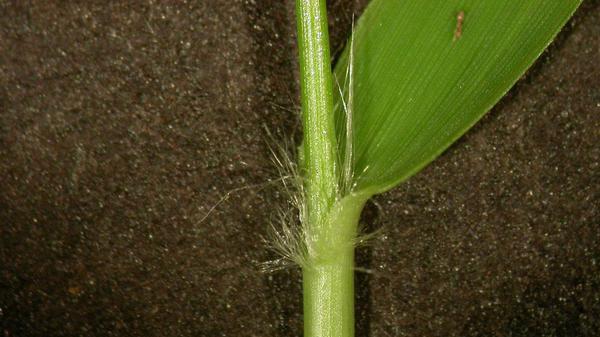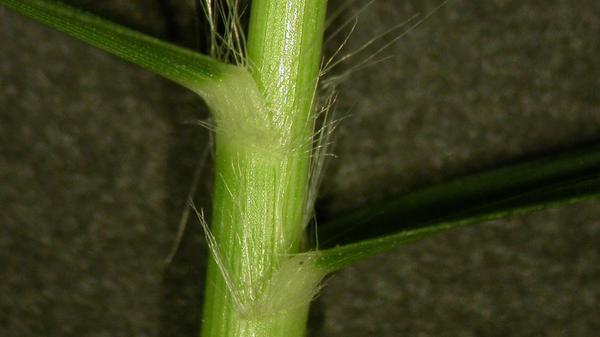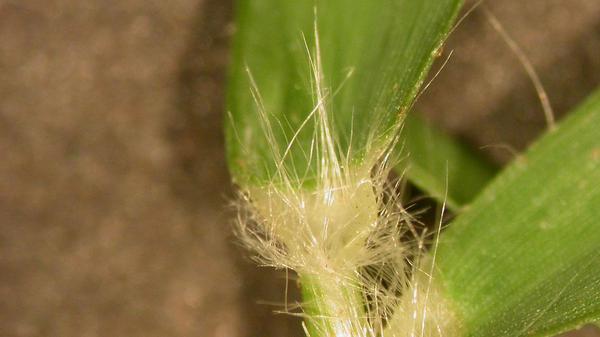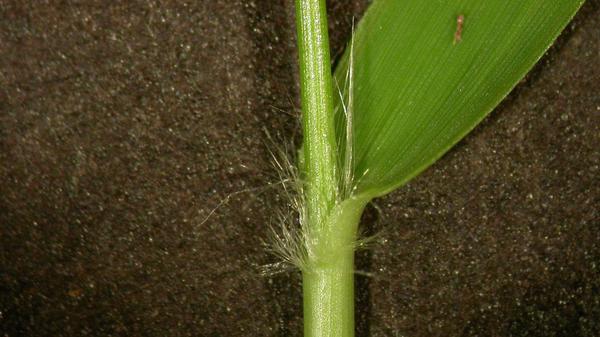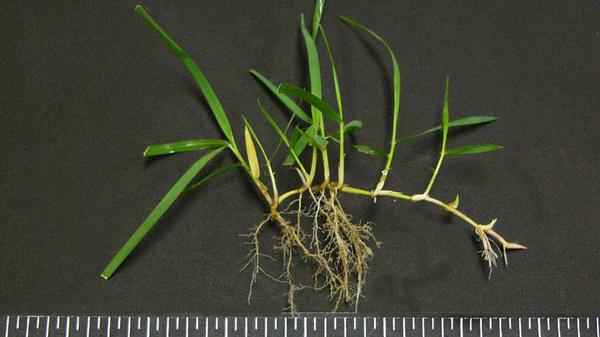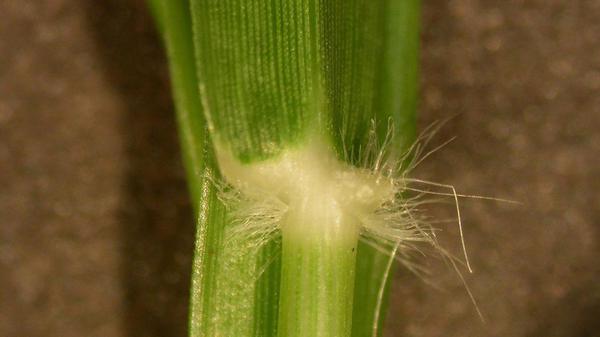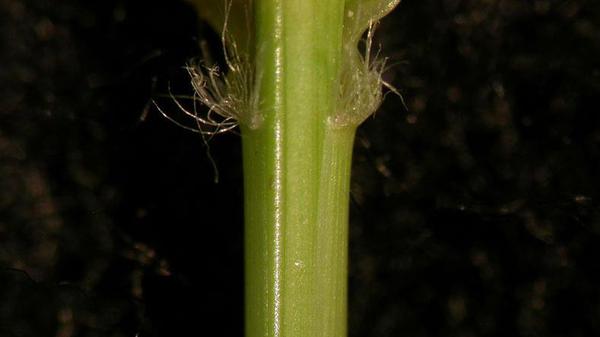Description
Zoysiagrass (Zoysia) is a warm-season grass that spreads by rhizomes and stolons to produce a very dense, wear-resistant turf. It is best adapted to the Piedmont and Coastal Plain regions of North Carolina, but some of the more cold tolerant cultivars can be grown in the western part of the state as well. There are three major species of zoysiagrass suitable for turf: Japanese lawngrass (Z. japonica), mascarenegrass (Z. tenuifolia), and manilagrass (Z. matrella). Zoysiagrass can often be confused with bermudagrass. However, zoysiagrass has hairs standing upright on the leaf blade whereas bermudagrass does not. Zoysiagrass is also stiff to the touch and offers more resistance than bermudagrass.
Lawn Maintenance
- For a month-by-month zoysiagrass lawn maintenance calendar, see Zoysiagrass Lawn Maintenance Calendar, AG-432.
Species Data
- SEEDHEAD / FLOWER
- seedhead a spikelet, with seeds alternating along head
Figure 1
- seedhead a spikelet, with seeds alternating along head
- VERNATION TYPE
- LIGULE TYPE
- GROWTH SEASON / LIFE CYCLE
- warm season turf
- AURICLE TYPE
- LEAF BLADE TIP SHAPE
- sharp-pointed; hairy above with at least a few long hairs near base, leaf blade stiff
Figure 10
- sharp-pointed; hairy above with at least a few long hairs near base, leaf blade stiff
- LEAF BLADE WIDTH
- 0.08 - 0.16 inches (2 - 4 mm) wide
- STOLON PRESENCE
- RHIZOME PRESENCE
- present
- COLLAR TYPE
- continuous; edges hairy
Figure 13, Figure 14
- continuous; edges hairy
- SHEATH MARGIN
Publication date: Aug. 22, 2022
N.C. Cooperative Extension prohibits discrimination and harassment regardless of age, color, disability, family and marital status, gender identity, national origin, political beliefs, race, religion, sex (including pregnancy), sexual orientation and veteran status.




